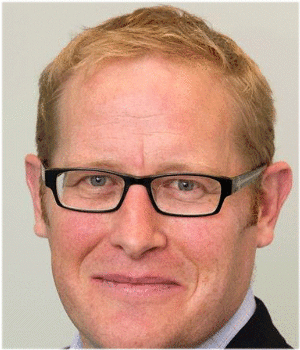$2b tilting programme 'good example' for advisers
Strategic tilting has delivered an extra $2 billion in value to the NZ Super Fund, and it is suggested there may be lessons for advisers in its experience.
Thursday, July 13th 2017, 6:00AM
by Susan Edmunds

The Super Fund has issued a paper about its strategic tilting programme, which it said was the most significant of its active management strategies, and allowed it to add substantial value.
Its tilting programme alters fund exposures to certain asset classes, to capitalise on the fund's long-term investing horizon. It is driven by a belief in mean reversion of assets prices and risk premiums.
Chief investment officer Matt Whineray said the strategy had only marginally increased the Fund's realised risk over its eight years in operation.
"In assessing the performance of such a strategy we always ask whether the returns have been consistent with the investment philosophy, whether there have been any changes to that philosophy and, if so, why. This discipline keeps us focused on the long-term and ensures we act consistently with our investment beliefs and endowments."
It required board commitment, he said, because tilting towards assets that were out of favour could sometimes be uncomfortable.
"The worst possible outcome would be to abandon a position when valuations for an asset class prove to be, ex-post, at the extreme end of the trading range."
The strategy had delivered about 1.2% a year since 2009, or about $2 billion, he said. That was ahead of the Super Fund's expectation of 0.4% a year.
Financial adviser Simon Hassan said most non-aligned investment advisers were using similar strategies.
"Most adviser groups try to add value or reduce risk by tilting sector exposures marginally away from longer-term benchmarks through parts of market cycles," he said.
"These advisers are effectively relying on a degree of market inefficiency and those that do it well believe they can add value by following disciplined processes based on objective research to make their tilting calls.
"Many advisers would currently be deliberately under-weight and short-duration in their exposure to fixed interest. It's fairly clear that interest rates are near cyclical lows and we all know that when rates rise the paper value of fixed interest securities, particularly long-duration fixed interest securities, falls."
He said advisers who were attentive to market signs could reduce the impact of coming rates rises by tilting away from long-duration fixed interest for now.
Stephen O'Connor agreed it was a common strategy for advisers.
"The key to this strategy, as expressed in the white paper, is having a sufficiently long time horizon and a belief in ‘mean reversion’. This belief makes no claim about the specific path asset prices may follow, nor how long it will take until fair value is reached.
"A significant difference between the NZ Super Fund programme and individual advisers is that while the NZ Super Fund will overweight an undervalued sector or market they also have the ability to short a sector or market they believe is very expensive. Individual advisers will not generally be in a position to take short positions."
| « Committee argues for level playing field for advisers | LVR restrictions to be reviewed » |
Special Offers
Comments from our readers
No comments yet
Sign In to add your comment
| Printable version | Email to a friend |



